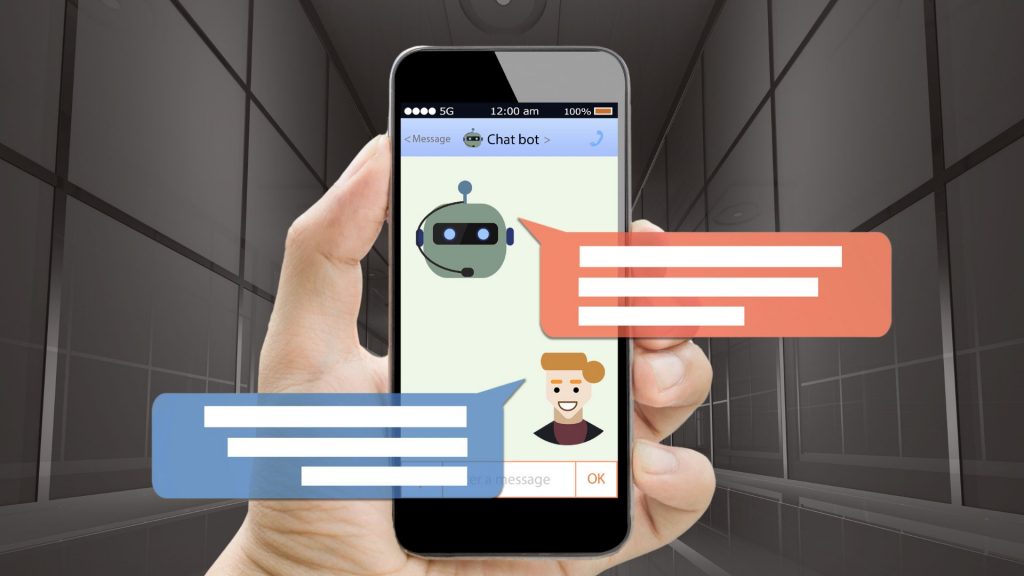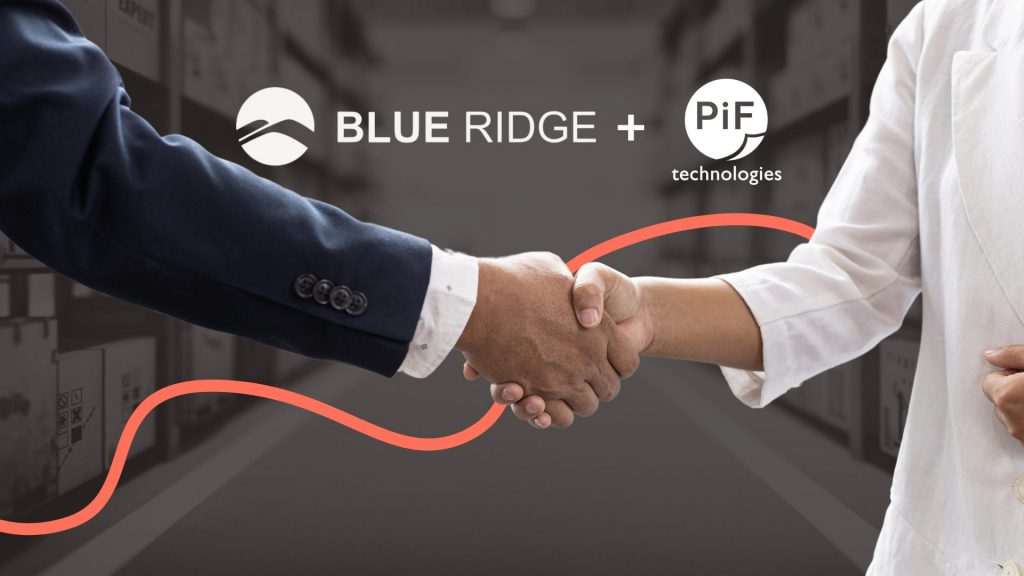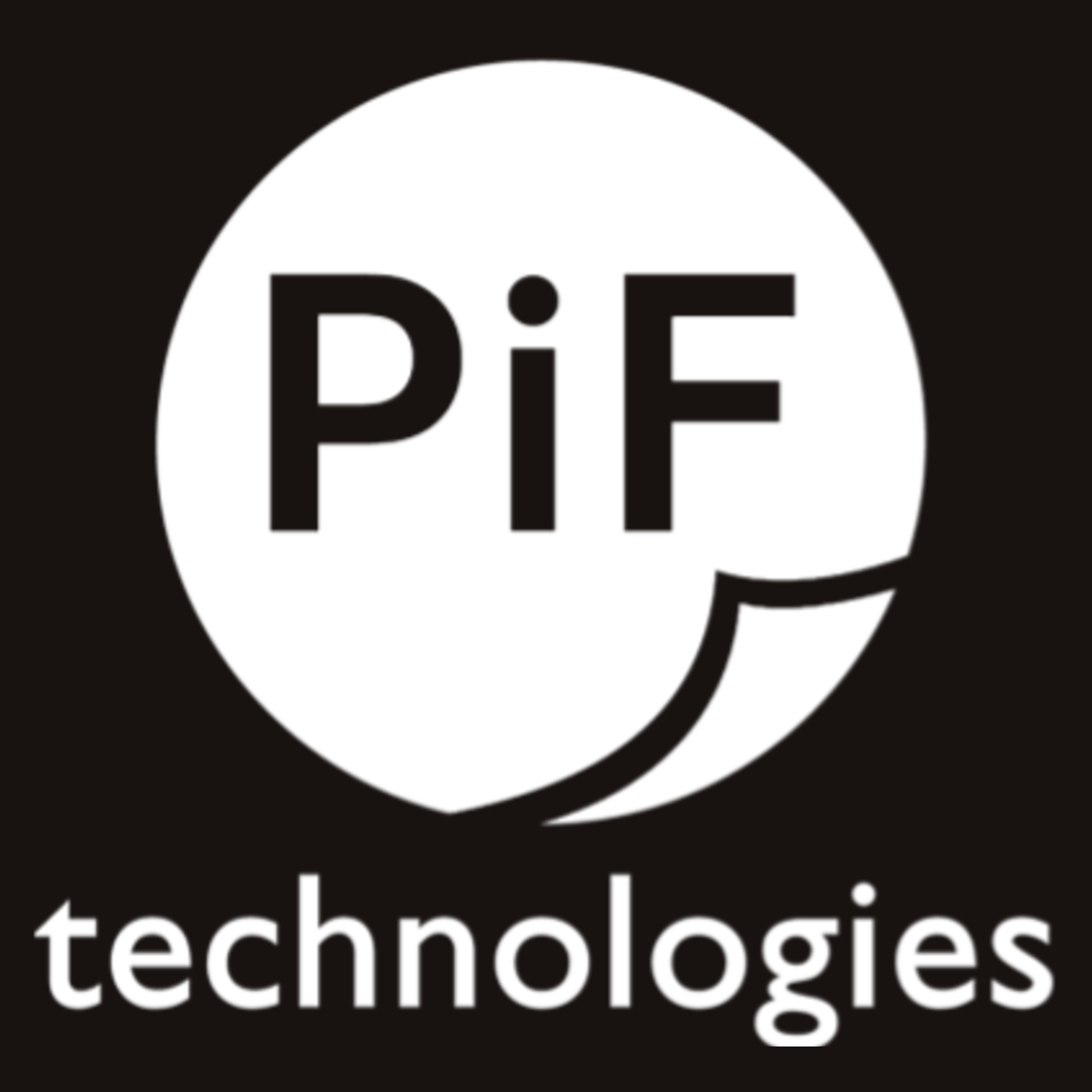When thinking about “the modern office,” organizational leaders have a variety of ideas in mind. For some, a modern office means investing in sleek design, top-of-the-line furniture and amenities, and a fully-stacked leadership team with the best credentials. For others, it could look like a hybrid or fully remote team that utilizes the best technology to create a streamlined and productive work environment.
Within the realm of Human Resources, employees have plenty of balls in the air. Hiring, onboarding, benefits, relationships, and culture are just a small sample of what you do day-to-day. You thrive on multitasking and love what you do, but are there processes that are taking away time from more valuable initiatives and projects? What if you had a robot coworker who could do all the rote tasks that keep you from investing in your organization and employees?
While the idea of robot coworkers may conjure up images of literal robots sitting at desks, investing in automation through Robotic Process Automation and Artificial Intelligence can eliminate manual repetitive tasks and let you focus on what really matters: your employees.
What does the future of work look like when offices invest in a robot for every worker? Learn how you can simplify every process within your organization with the help of automation.
What is Automation?
Automation is an umbrella term used to describe technologies that reduce human input and manual work. While automation can be used to describe physical robots and tools that complete work within factory or assembly line settings, the fastest growing form of automation is as software. Software automation can replicate any manual process that is typically done by employees, reducing the need for repetitive human labor while increasing your output.
Software Automation can be reduced to two processes, Robotic Process Automation, and Artificial Intelligence. Robotic Process Automation (RPA) is the technology that allows anyone in an organization to utilize software to replicate the actions of a person using digital business process software. RPA utilizes the user interface to capture data and manipulate applications just like humans do. They interpret information, trigger responses, and communicate with other systems in order to perform a vast variety of repetitive, sometimes mundane tasks.
Artificial Intelligence (or AI) is a broad all-encompassing term that’s applicable in a wide variety of use cases beyond simply within office technology. It isn’t just a stand-alone software you can buy and install, it’s something that’s built into other systems, often without you even knowing it.
The best kind of AI utilizes machine learning and further enhances the work done by your employees, it allows them to be at their most efficient and helps them make informed decisions about where to spend their time.
Robotic Process Automation for the New Employee Experience
Most digital, highly repetitive tasks that are completed by employees can be completed by Robotic Process Automation. When evaluating tasks for RPA to complete, organizations focus on the most time-consuming “manual labor” digital processes in their workflow or business process.
The benefit of RPA is that it can complete these tasks without ever making a mistake or taking a sick day. And because these repetitive tasks are completed by a bot instead of an employee, your team can focus on activities that are more fulfilling and better suited to their skill sets and the needs of your organization.
Robotic Process Automation specifically impacts 4 key areas of the hiring and onboarding process.
Data Extraction
AI-powered software robots can read understand documents and emulate aspects of human decision-making—expanding the range of HR use cases.
System and Process Integration
Automation can help bridge the gaps between incompatible systems for HR, payroll, benefits, and procurement—helping create smoother processes that span functional silos.
Democratized Automation Development
Translate your HR expertise into faster, smarter ways of doing things. Build, monitor, and maintain automation without IT assistance.
Employee-Bot Collaboration
Attended robots can streamline and simplify many of the most common HR processes and loop in their human counterparts when there’s a decision or specific action required.
Simplfying Benefits
CGI Benefits is a is a full-service insurance broker-consultant firm specializing in all facets of Employee Benefits, Benefits Administration, Business Insurance, Payroll, and Wealth Management as well as PiF’s customer. They utilize Robotic Process Automation specifically within enrollment, benefit operations, COBRA administration, and payroll services. They had highly manual and paper-intensive processes across all business units. The desire to reduce paper-based workflows and streamline new client onboarding was the driving force behind deciding to automate.
In CGI’s COBRA administration functions, they digitize the input forms for new clients as well as annual changes. Missing information during new client onboarding as well as during annual changes led to their employees having to hunt their clients down just to fill in the missing information, wasting time for employees. In instances where a client has an employee termination, they previously needed to log into each insurance carrier website (up to four separate carriers) and manually remove the employee. This process was time-consuming and prone to error.
Payroll is a paper-heavy process. Document Management means no more “hunting and pecking” for files in cabinets or unsecure shared file drives. Coupled with workflows, data can move seamlessly between secure document storage software and an organization’s ERP.
Automation within Accounting
Accounts Payable automation (AP Automation) refers to the technology used to streamline and automate accounts payable processes, removing manual tasks and providing better visibility and control over important financial data. Within an accounting workflow, you can identify specific parts within the process that can be automated. The “bot” can take on common daily manual tasks such as opening emails, downloading invoices, extracting data from those invoices, and then inputting the data into your ERP or Financial software.
PiF’s customer, Pine State Trading is the leading Molson-Coors beer and wine distributor in Maine. They use Robotic Process Automation to eliminate the manual hours and mistakes commonly associated with hand-entering data. Before investing in RPA, multiple employees spent multiple hours on numerous manual and repetitive, and redundant data-entry tasks within accounting and finance functions. They were able to eliminate manual data entry, reduce the number of employees involved in specific accounting and administrative processes, and they reached zero mistakes made due to human keystroke errors. They have seven unique “bots” in their organization that each complete a function that was previously completed by an employee.
For example, one of their automated processes pulls data from VIP (a system of route accounting specifically designed for beverage distributors), types that data into an Electronic Form, and pushes it into Pine State’s Enterprise Resource Planning (ERP) software, Microsoft Dynamics SL. Once there, it’s recorded as an Accounts Receivable transaction and is digitally routed for review and approval by a designated member of the accounting team. The result was transforming a multi-hour, multi-day, and multi-employee process into just a few hours of automated, hands-off work.
Within accounting, every organization has similar processes that are completed manually just like those at Pine State. Regardless of the industry, organization, or size, any accounting process (or any manual process for that matter) can be completely transformed with Automation.
Implementation for your organization
Curious about how Robotic Process Automation can transform your organization?
PiF Technologies has had over 25 years of experience implementing, executing, and supporting automation solutions. We’ve seen just about every pain point in every industry, and we have over 2,000 customers to prove it. Beyond just Document Management and Accounts Payable Automation, we offer Electronic Forms, Amazon Web Services Cloud Hosting, Robotic Process Automation, and for our local customers, Ricoh Copiers and Printers.








